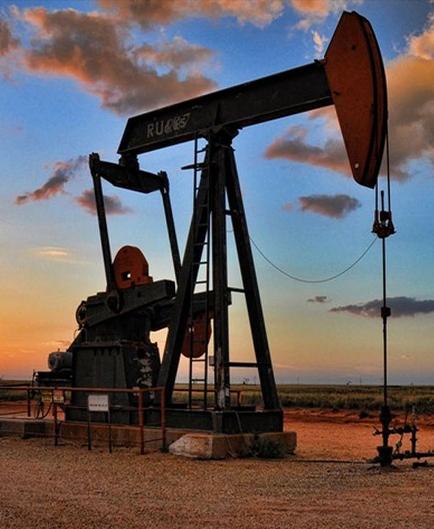- Afrikaans
- Albanian
- Amharic
- Arabic
- Armenian
- Azerbaijani
- Basque
- Belarusian
- Bengali
- Bosnian
- Bulgarian
- Catalan
- Cebuano
- Corsican
- Croatian
- Czech
- Danish
- Dutch
- English
- Esperanto
- Estonian
- Finnish
- French
- Frisian
- Galician
- Georgian
- German
- Greek
- Gujarati
- Haitian Creole
- hausa
- hawaiian
- Hebrew
- Hindi
- Miao
- Hungarian
- Icelandic
- igbo
- Indonesian
- irish
- Italian
- Japanese
- Javanese
- Kannada
- kazakh
- Khmer
- Rwandese
- Korean
- Kurdish
- Kyrgyz
- Lao
- Latin
- Latvian
- Lithuanian
- Luxembourgish
- Macedonian
- Malgashi
- Malay
- Malayalam
- Maltese
- Maori
- Marathi
- Mongolian
- Myanmar
- Nepali
- Norwegian
- Norwegian
- Occitan
- Pashto
- Persian
- Polish
- Portuguese
- Punjabi
- Romanian
- Russian
- Samoan
- Scottish Gaelic
- Serbian
- Sesotho
- Shona
- Sindhi
- Sinhala
- Slovak
- Slovenian
- Somali
- Spanish
- Sundanese
- Swahili
- Swedish
- Tagalog
- Tajik
- Tamil
- Tatar
- Telugu
- Thai
- Turkish
- Turkmen
- Ukrainian
- Urdu
- Uighur
- Uzbek
- Vietnamese
- Welsh
- Bantu
- Yiddish
- Yoruba
- Zulu
Understanding Well Tubing and Casing for Enhanced Oil Recovery Techniques and Applications
Well Tubing and Casing Essential Components of Oil and Gas Production
In the oil and gas industry, the successful extraction of hydrocarbons from underground reservoirs heavily relies on the integrity and effectiveness of well construction components, notably well tubing and casing. These elements play crucial roles in ensuring the safety, efficiency, and productivity of drilling operations.
What is Well Casing?
Well casing refers to the series of pipes installed in the borehole during drilling operations. The primary purpose of casing is to support the well structure, protect groundwater aquifers, isolate different pressure zones, and prevent the collapse of the wellbore. Casing is categorized into several types based on its depth and function, including surface casing, intermediate casing, and production casing.
1. Surface Casing Typically the first layer, it is installed to protect shallow freshwater formations and provide a conduit for drilling mud. Surface casing is crucial for maintaining the integrity of the well, particularly in environmentally sensitive areas.
2. Intermediate Casing Installed in deeper sections of the well, intermediate casing further isolates pressure zones and minimizes the risks of blowouts. It helps manage the complexities of varying geological formations encountered during drilling.
3. Production Casing This casing is set at the reservoir's depth and is essential for the production of oil and gas. It provides a conduit for the hydrocarbons to flow from the reservoir to the surface while ensuring that the well remains secure and operational.
What is Well Tubing?
Well tubing refers to the smaller-diameter pipes that can be installed inside the production casing. It is primarily used during the production phase to transport oil and gas from the reservoir to the surface. Tubing allows for the introduction of various completion designs, enabling operators to optimize production.
well tubing and casing

Tubing comes in different sizes and materials, allowing for flexibility depending on the specific conditions of the well. The most common materials used for tubing include carbon steel, with stainless steel or special alloyed steels used in corrosive environments. Tubing is critical for ensuring efficient production operations, minimizing the risks of leaks, and facilitating interventions such as workovers or repairs.
Importance of Well Tubing and Casing
The relationship between well casing and tubing is integral to the overall efficiency of oil and gas extraction. Together, they provide a robust system that protects the wellbore, supports the reservoir's pressure, and facilitates the safe extraction of hydrocarbons. A well-designed casing and tubing system
- Prevents Contamination By isolating different subsurface zones, casing protects freshwater aquifers from contamination by hydrocarbons or drilling fluids.
- Enhances Production Efficiency Properly sized and installed tubing maximizes production rates while minimizing pressure losses, ensuring that resources are extracted in a timely and cost-effective manner.
- Ensures Safety The integrity provided by casing and tubing minimizes the risks of blowouts or leaks, ensuring the safety of personnel and the environment.
Conclusion
Well tubing and casing are fundamental components of oil and gas production. Their design and installation are critical to the success and safety of drilling operations. As the industry continues to evolve, advancements in materials and technologies will further enhance the performance and reliability of these systems. Understanding the roles and importance of tubing and casing is essential for any professional in the oil and gas sector, as they directly impact productivity, safety, and environmental responsibility. Ultimately, well tubing and casing not only serve as conduits for hydrocarbons but also play a vital role in maintaining the integrity of the natural resources they tap into.
-
Tubing Pup Joints: Essential Components for Oil and Gas OperationsNewsJul.10,2025
-
Pup Joints: Essential Components for Reliable Drilling OperationsNewsJul.10,2025
-
Pipe Couplings: Connecting Your World EfficientlyNewsJul.10,2025
-
Mastering Oilfield Operations with Quality Tubing and CasingNewsJul.10,2025
-
High-Quality Casing Couplings for Every NeedNewsJul.10,2025
-
Boost Your Drilling Efficiency with Premium Crossover Tools & Seating NipplesNewsJul.10,2025







